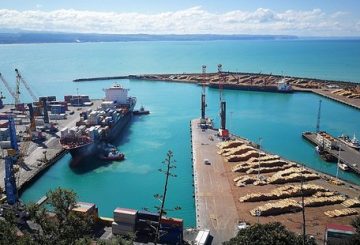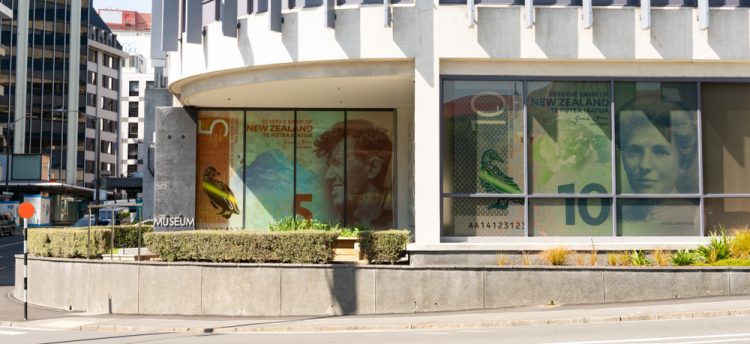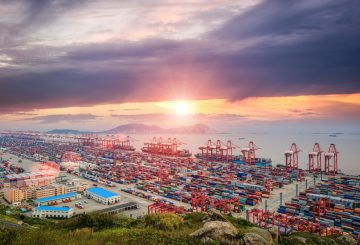StatsNZ는 2020년 9월 분기와 비교해 연간 물가상승률이 4.9%라고 어제 발표했다.
주택 신축과 지방의회 비율이 상승의 주요 원인이었다.
CPI 목록에 포함된 11개 주요 그룹 중 10개 그룹이 추가로 증가했다.
두 번째로 가장 큰 기여자는 채소로 19% 상승했으며 연료비가 6.5% 인상됨에 따라 운송비는 4.2% 상승했다.
키위뱅크 수석 이코노미스트 재로드 커는 “4.9%의 인플레이션 악재가 도래했다. 세계가 운송비 부담을 덜어주는 새로운 정상으로 돌아오면서 글로벌 공급망 붕괴가 해결되어야 한다”고 발표했다. 이어 그는 백신 접종을 받은 우리의 나라가 세계에 다시 개방하는 과정을 시작하기 때문에, 노동력 부족은 내년에는 희망적으로 완화될 것이라고 바라봤다.
준비은행은 인플레이션에 대해 1-3%의 목표 범위를 가지고 있다.
“RBNZ는 이미 25 베이시스 포인트 인상을 단행했고 100 베이시스 포인트 정도를 추가했다. 커는 “완전 고용이 달성되고 인플레이션 압력이 고조되고 있는 상황에서 RBNZ는 해고를 계속할 충분한 이유가 있다”고 말했다.
뉴질랜드 달러는 어제 StatsNZ 발표(미화 71센트를 약간 웃돈다) 이후 시장이 금리 상승에 무게를 두면서 큰 폭으로 상승했다.
NZ 은행의 연구 책임자인 Stephen Toplis는 “RBNZ는 신중함을 조금 늦춰도 될 것이다”고 말했다.
Toplis는 CPI 인플레이션과 노동시장의 결합으로 인해 RBNZ는 11월에 OCR을 50 베이시스 포인트 인상해야 할 수도 있다고 전했다.
이 문제를 다루는 나라는 뉴질랜드뿐만이 아니다. 세계적으로 다른 나라들도 비슷한 문제에 직면하고 있다.






























































